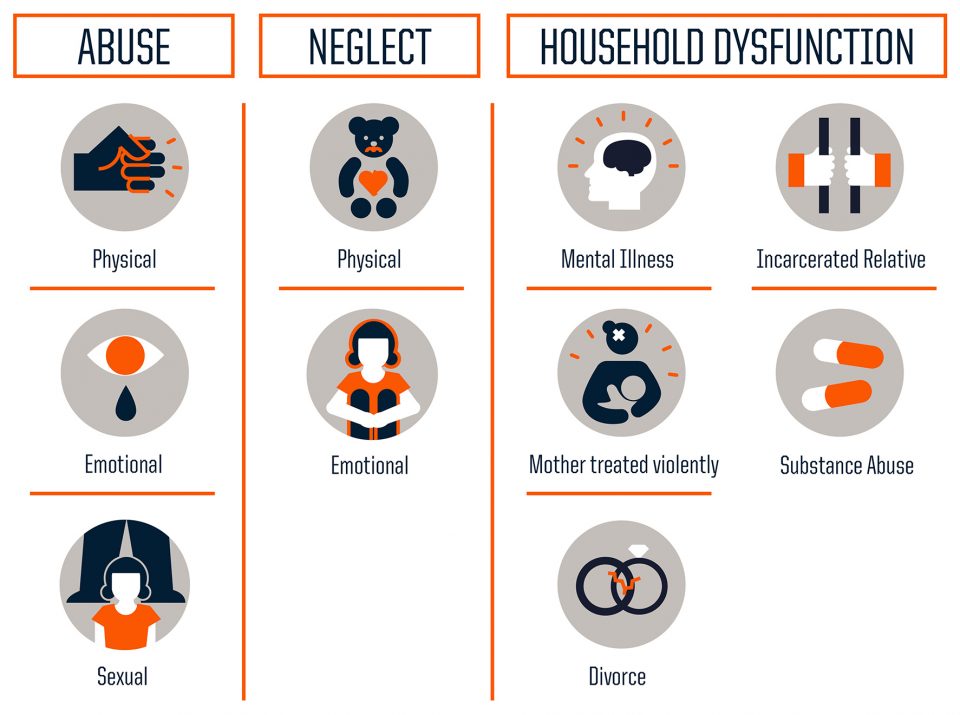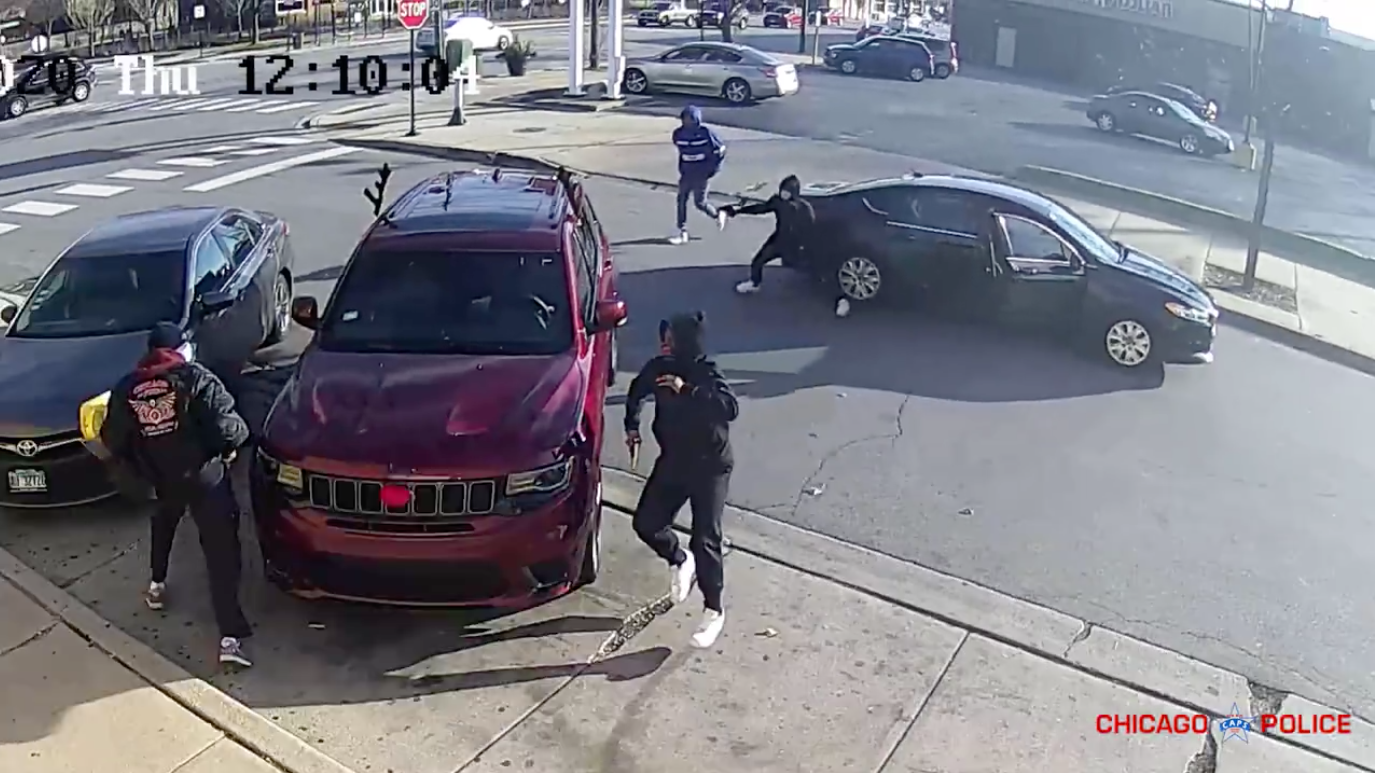Guess what? You can predict which little black boy is likely to be a criminal. There is a test to predict criminal activity. Carjackings, murder, shoplifting, fist fights and even just playground bullying. In fact, most any criminal activity is predictable in young black boys. So why don’t we? Cause we can predict criminal behavior.
When young black people commit these acts, we all claim to be shocked. But are we really? Or do you just believe the drivel of the past. These kids are just born bad. They come from bad families. They just want things the easy way. And you probably think the next joke is funny. What does a black person get for Christmas? Your bike.
Our confirmation bias kicks in. And we feel justified in just shaking our heads and saying oh well. There is something inherently wrong with young black boys. See a few together and fear the gang, Cross the street. Lock your car door. And don’t make eye contact. And seemingly every day a black person shoots and kills another black person. Something must be wrong with them. Right? I mean come on. You see the news. We see the horrific carjacking and subsequent arm severing murder. Part of us cringes. But mostly we just go on and assume the narrative bias – black people are just dangerous.
Can we really predict criminal behavior in our children?
What if you found out that you can predict which black people are in fact dangerous or at least prone to some criminal activity? What if there is a test to predict this behavior? Would you believe it? Is that really possible?
It’s called the Adverse Childhood Experiences test. And it not only can help us predict some criminal behavior, but it can also predict mental and physical health outcomes. And it’s only a short 10 question test. Now before you start thinking this is just some liberal gobbledygook, let me explain. This is not a 100% test that says lil Billy White will become a gang member who develops diabetes and dies unexpectedly on June 18, 2025. But we can predict criminal behavior.

ACE TEST
Rather the test is a tool. It measures childhood trauma. The worse the trauma, the more likely unhealthy outcomes in adulthood. And more often, the test so far measures things like depression, financial hardships and obesity. But it also predicts stuff like social, emotional and cognitive impairment. And the children and young adults who commit crimes are likely to score high on the test.
If we start testing our children around 16 years old, then we can identify the potential problem children. Once identified, we must provide support services. Supporting our children is actually protecting ourselves. Instead of ignoring potential problems, we should address them immediately. If we help stop 10o murders and 100 carjackings and 1000 shoplifters, just think how much better our city will be.
Wanna see the test?
You can take it yourself. Give yourself 1 point for each yes answer.
For each “yes” answer, add 1. The total number at the end is your cumulative number of ACEs.
Before your 18th birthday:
- Did a parent or other adult in the household often or very often… Swear at you, insult you, put you down, or humiliate you? or Act in a way that made you afraid that you might be physically hurt?
- Did a parent or other adult in the household often or very often… Push, grab, slap, or throw something at you? or Ever hit you so hard that you had marks or were injured?
- Did an adult or person at least 5 years older than you ever… Touch or fondle you or have you touch their body in a sexual way? or Attempt or actually have oral, anal, or vaginal intercourse with you?
- Did you often or very often feel that … No one in your family loved you or thought you were important or special? or Your family didn’t look out for each other, feel close to each other, or support each other?
- Did you often or very often feel that … You didn’t have enough to eat, had to wear dirty clothes, and had no one to protect you? or Your parents were too drunk or high to take care of you or take you to the doctor if you needed it?
- Were your parents ever separated or divorced?
- Was your mother or stepmother:
Often or very often pushed, grabbed, slapped, or had something thrown at her? or Sometimes, often, or very often kicked, bitten, hit with a fist, or hit with something hard? or Ever repeatedly hit over at least a few minutes or threatened with a gun or knife? - Did you live with anyone who was a problem drinker or alcoholic, or who used street drugs?
- Was a household member depressed or mentally ill, or did a household member attempt suicide?
- Did a household member go to prison?
Related: How to Make NOLA Great Again
Source: NPR, ACEsTooHigh.com. This ACEs Quiz is a variation on the questions asked in the original ACEs study conducted by CDC researchers.
What’s Missing?
- Stressors outside the household (e.g., violence, poverty, racism, other forms of discrimination, isolation, chaotic environment, lack of services)
- Protective factors (e.g., supportive relationships, community services, skill-building opportunities)
- Individual differences (i.e., not all children who experience multiple ACEs will have poor outcomes and not all children who experience no ACEs will avoid poor outcomes—a high ACEs score is simply an indicator of greater risk)
If you score above 5, then you are quite possibly prone to criminal behavior. The bottom line is if we test children early we can predict criminal behavior. Only then can work to prevent it.
#ACE TEST
#PREDICT CRIME
#BLACK BOYS ARE NOT CRIMINALS


Seems to have a high potential for misuse and abuse.
I personally Scored 7 out of 10 and not a day in prison. Graduate level degreed business owner and considered accomplished while black.
Sampling of ideas are great, but I think it goes deeper much more than a just a random sampling of behaviors shaped by a horrible childhood which I must admit explains over 77% of the experiences of a particular population set. But not a definitive marker as you want to be careful identifying such standards as the benchmark, as data can be used to round up or create an unsafe environment for me people like me as we could end up snared in flawed research methods as a result in unsuspecting ways if research is drawn upon and effectuated by the wrong people or authorities.
Criminal activity benefits someone and usually that someone at the top of the enterprise is not black. So the smart monies are on the global perpetrators of crime as they have seemingly incentivized criminal activities in all major US cities simultaneously. Now that would be a great read if someone can track and find out the identities of those in power rather than finding diatribes describing “little poor black boys” over and over and over again.
What I can say is that preferential treatment of one particular group or class of people over another, offering incentives and perks to one class of people versus another is the proper breeding grounds for violence. So, I would look into privilege and its disenfranchisement of poorer communities and then we could really have a fruitful discussion but all of the above was constructed by someone not clear on neighborhood dynamics and the socio-economic impacts of crime. I’m looking forward to reading more but more engaged case materials as a reference.